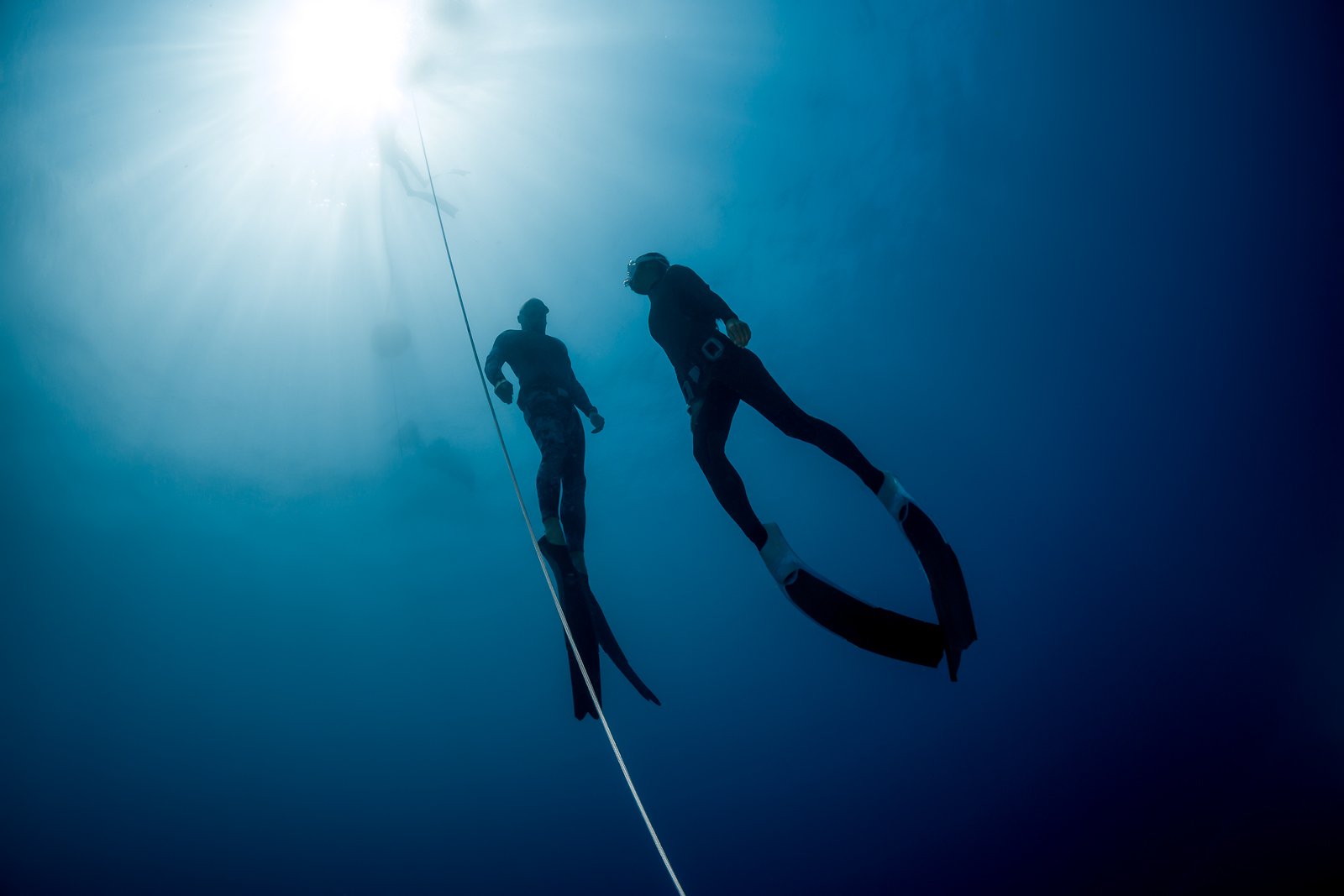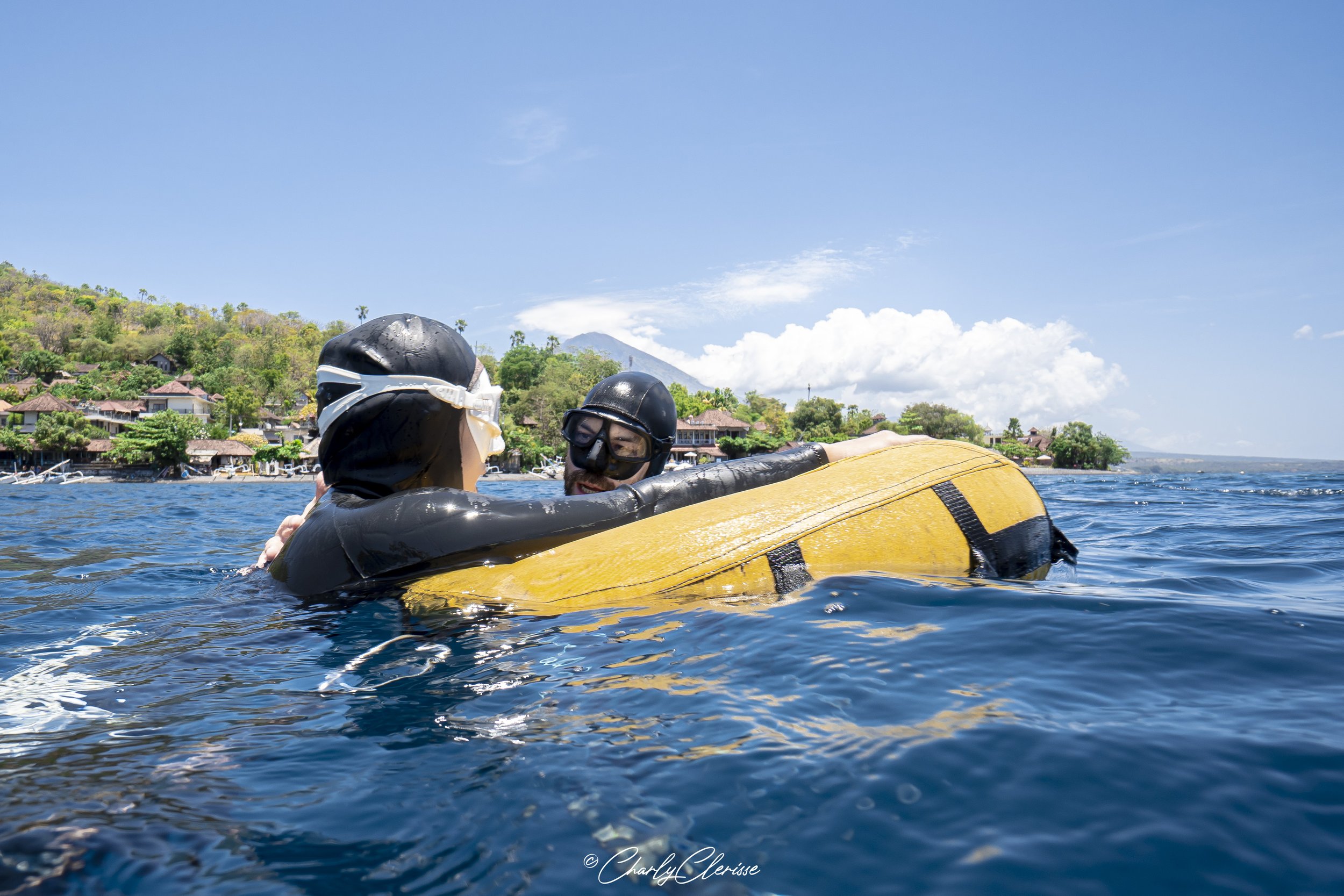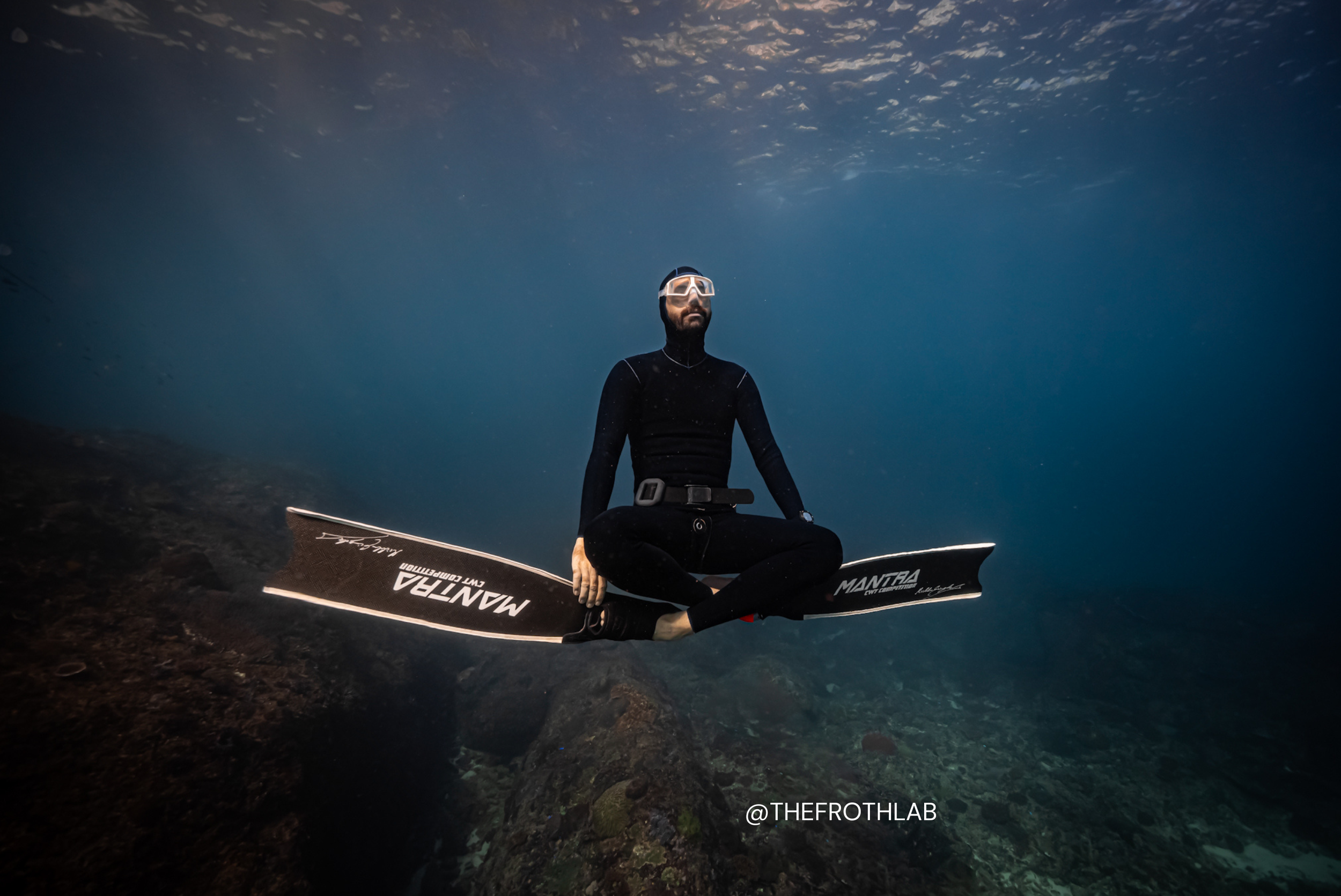
Explore Your Mind-Body Connection
We offer a friendly and non-competitive training atmosphere that makes the perfect environment to learn and improve your Freediving skills.
-
Freediving Courses
Our Freediving courses (from basic to instructor level) are personalised and aim to find a balance between the science and the art of freediving.
-

Freediving Trips
We regularly organize Freediving trips both locally to dive with Mantas and further afield to Raja Empat and Komodo with some of the most talented guides in the industry.
-

Freediving Training
Already level 2 certified? Seeking more depth? Stop by our shop to get added to our training group chat where you can train with our community & join boat dives.
-

Freediving Events
Daily yoga at Blue Earth Village, Sunset Dances, Deep Week, Special expert talks and so much more - stay up to date on all things freediving in Amed!
Upcoming events

















